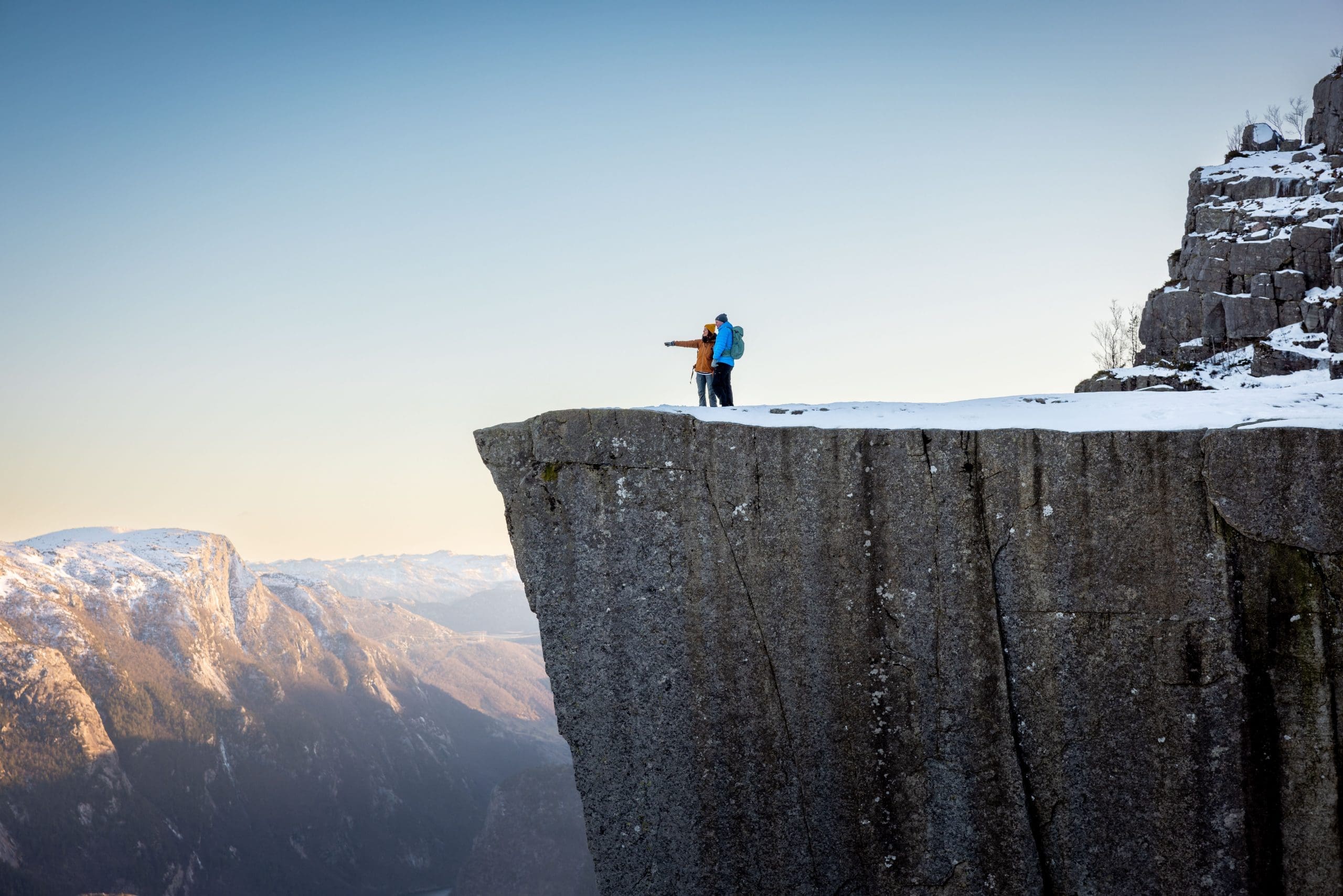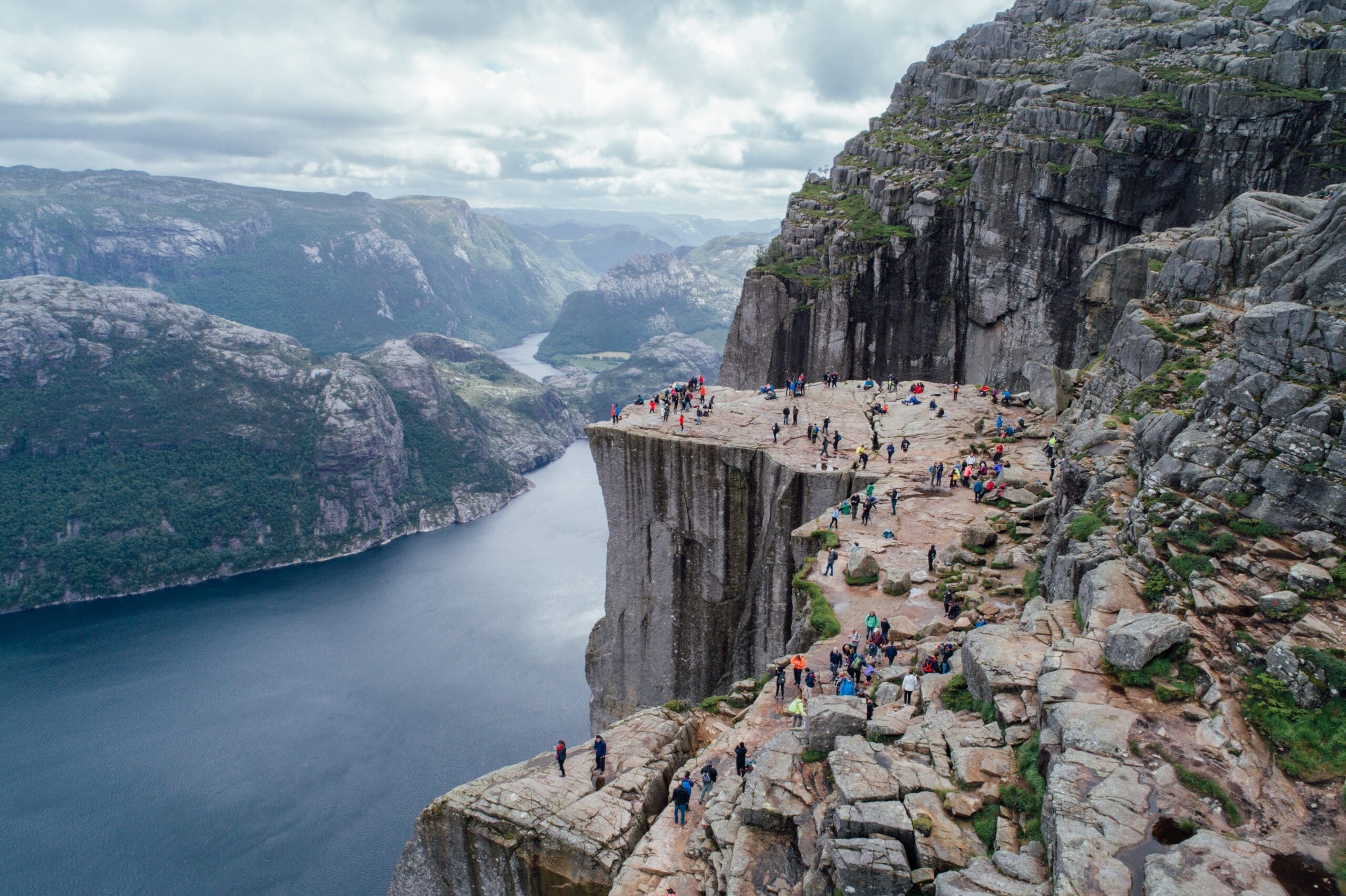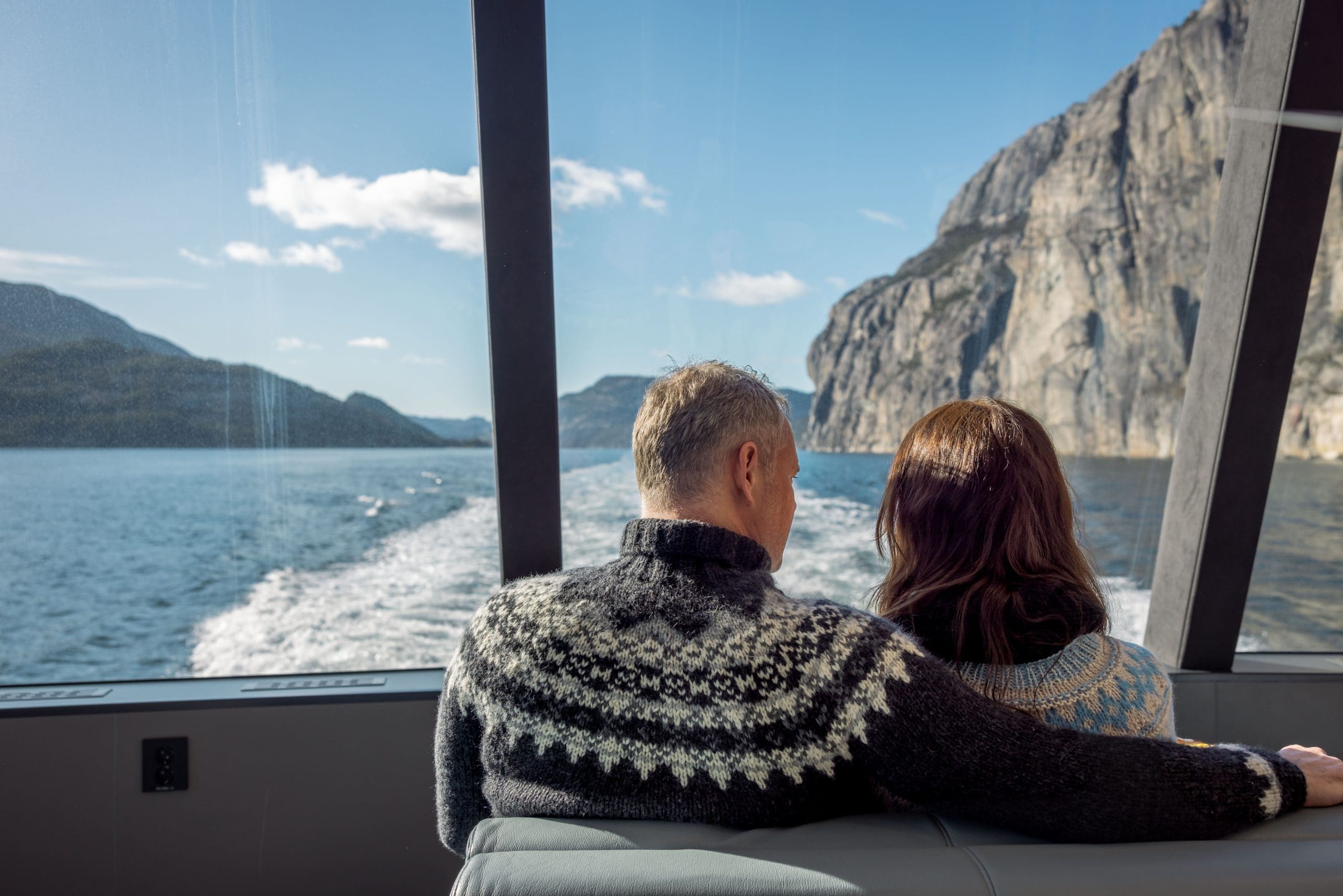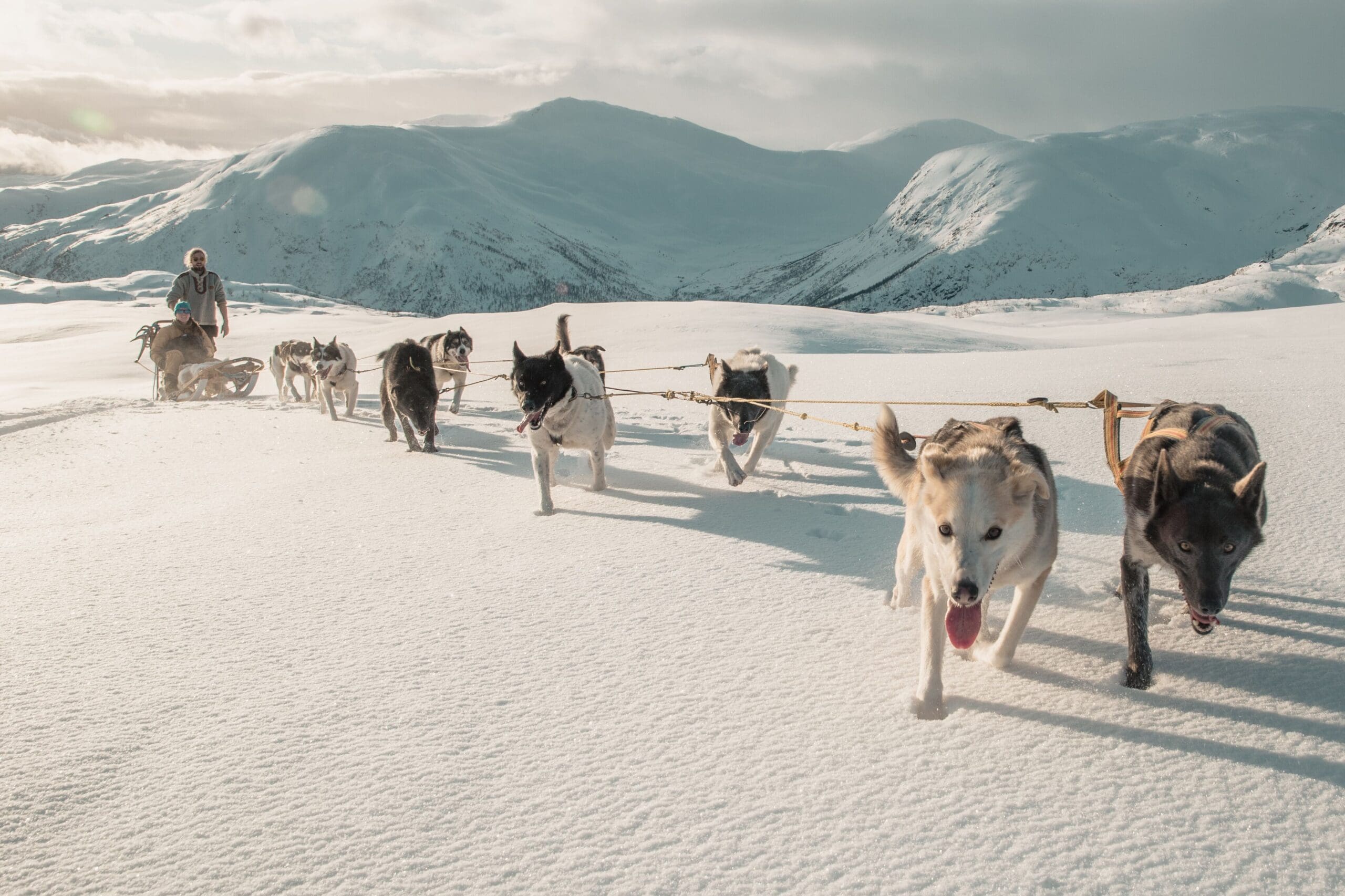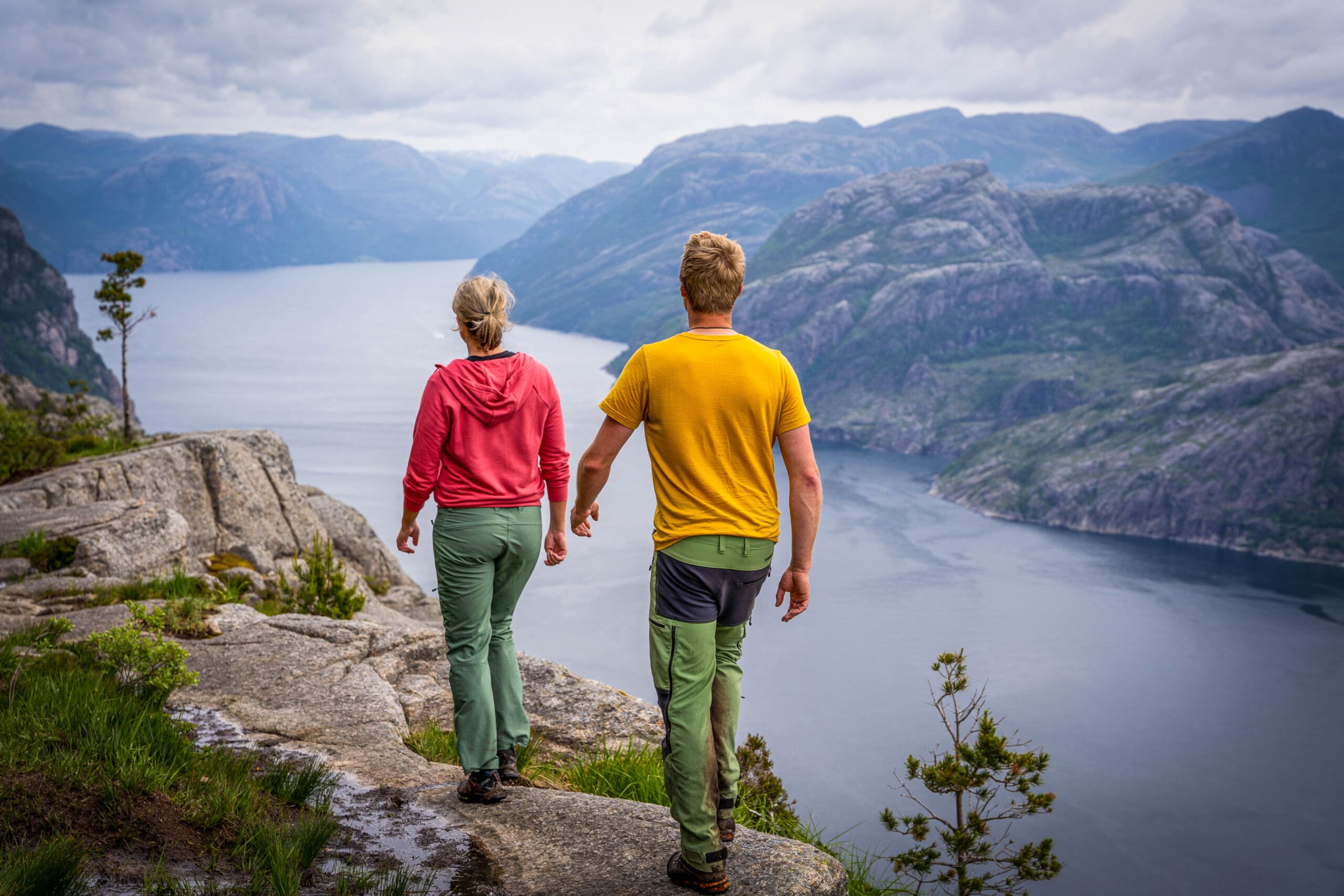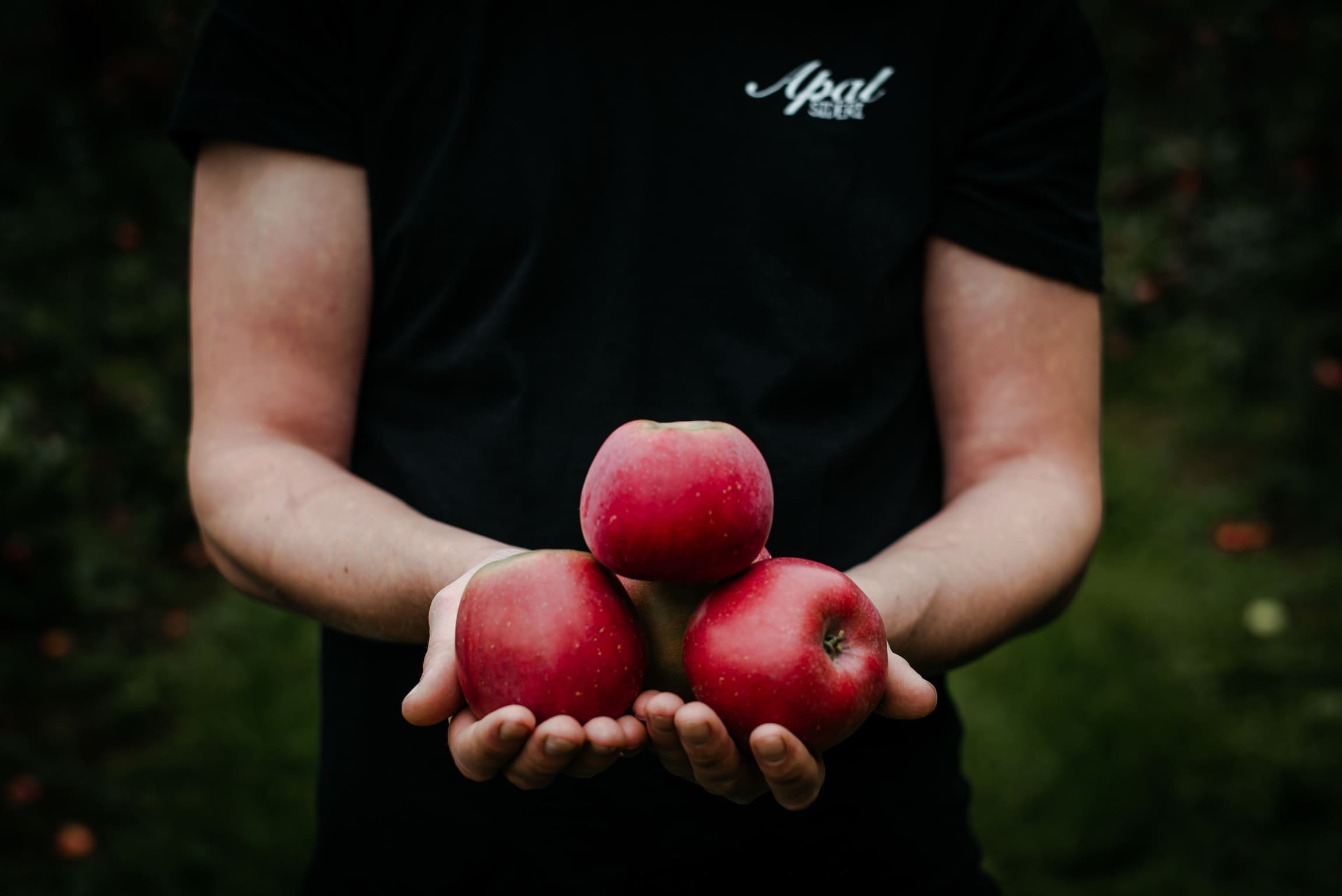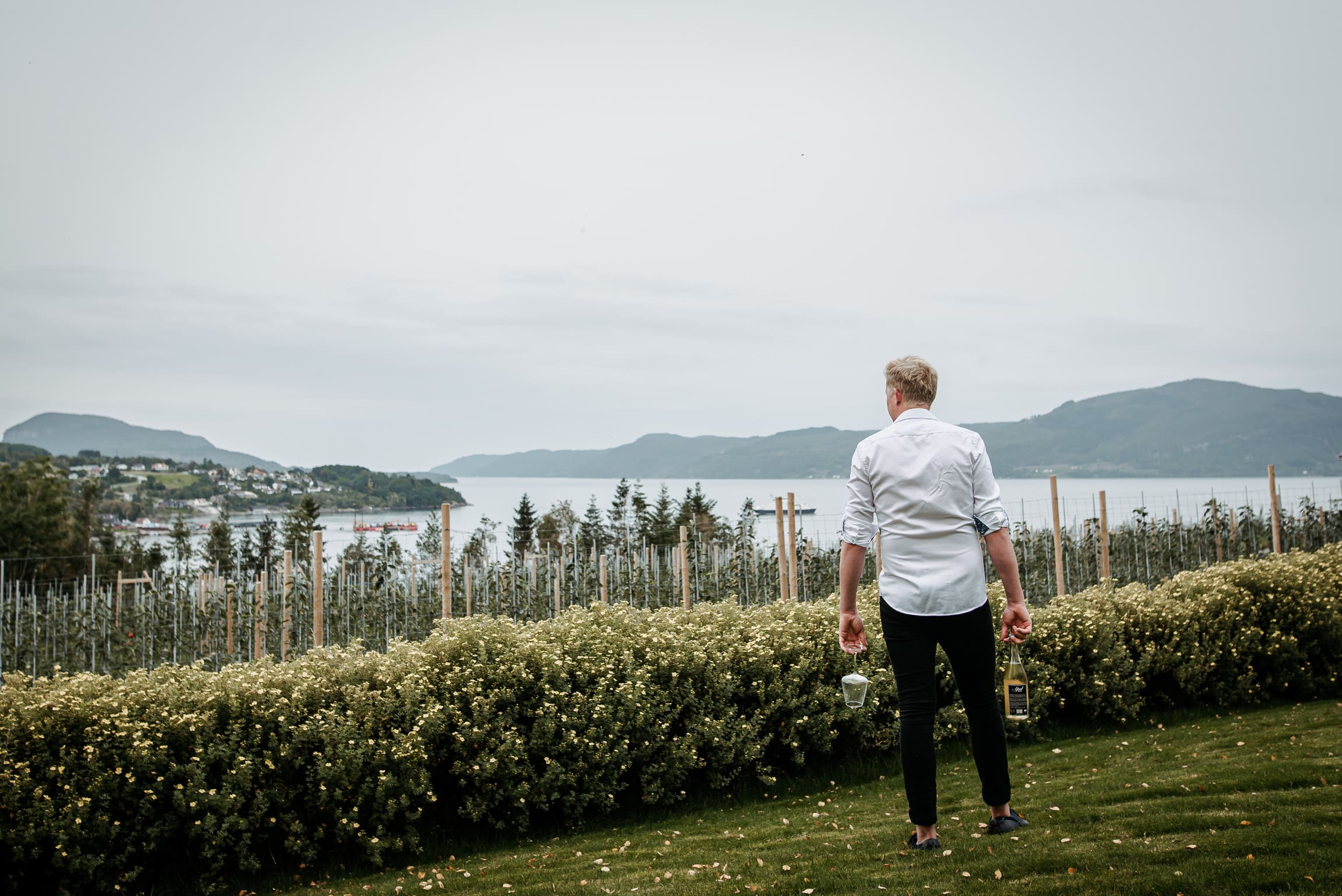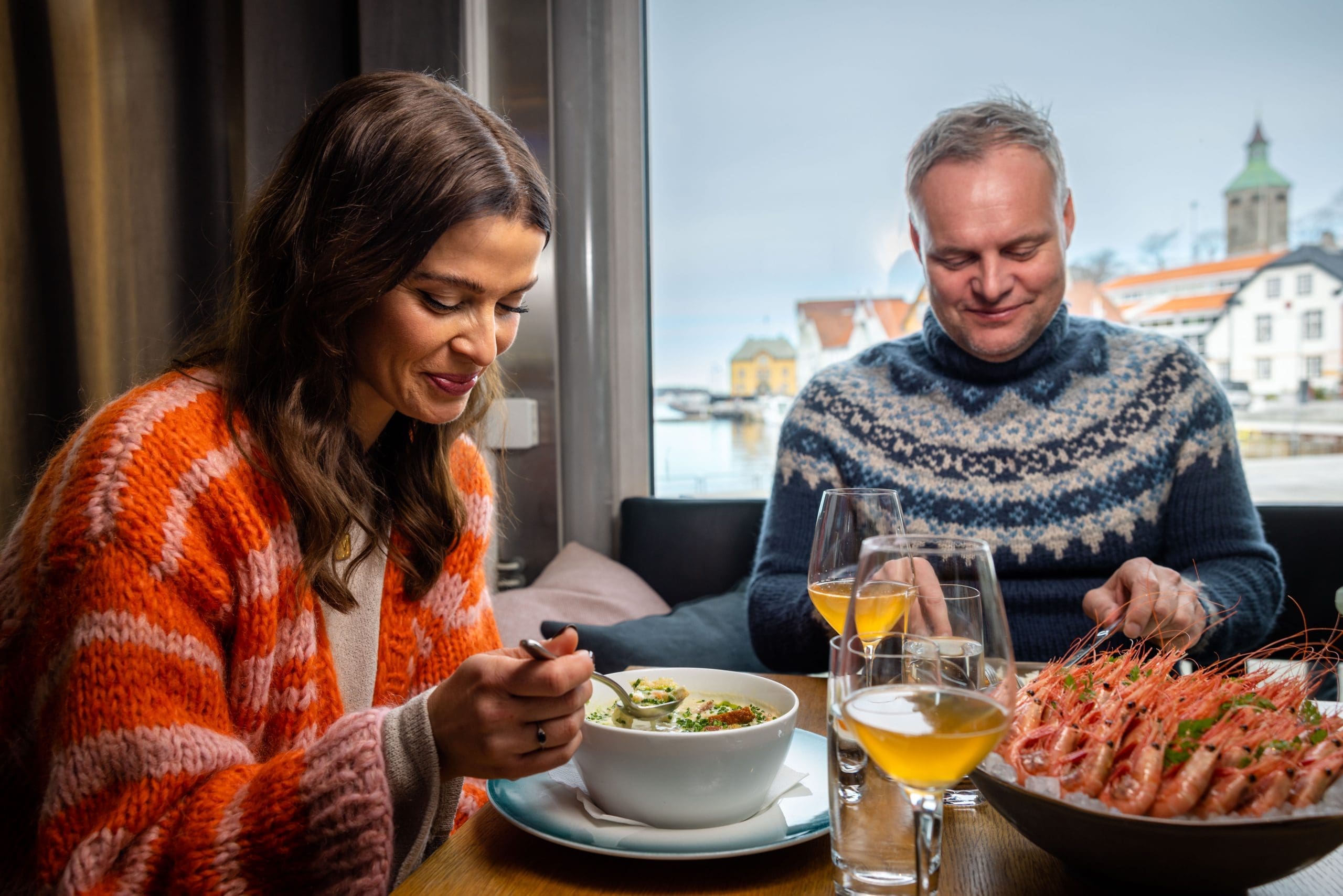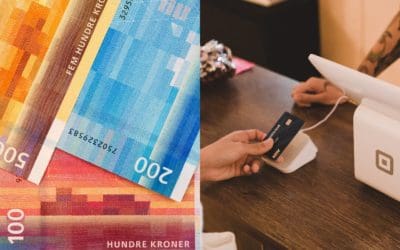Fjords are some of the most dramatic landscape features on earth and a major tourist attraction in Norway. Fjord, from the norse “fjörðr”, means “der man ferder over” (“where you travel across”) or “å sette over på den andre siden” (“put across to the other side”).
Fjords are found in locations where current or past glaciations extended below current sea level. A fjord is formed when a glacier retreats, after carving its typical U-shaped valley, and the sea fills the resulting valley floor. This forms a narrow, steep sided inlet connected to the sea.
When you visit the fjords in Norway you will find that a glacier is still nearby, and that is rare compared to other fjords in the world. The sediments of the glaciers makes fertile soil, in otherwise barren lands. Therefor you will find settlements along the shore.
Geirangerfjorden (pictured above) and Nærøyfjorden were inscribed on UNESCO´s list of World Cultural and Natural Heritage Sites. Sognefjorden is Norway´s longest and deepest fjord, and is the world´s second longest fjord. It extends over 204 km and are 1308 meters at its deepest. Hardangerfjorden, Norways second longest fjord, measures 180 km long and 852 meters deep.
Welcome 🙂

